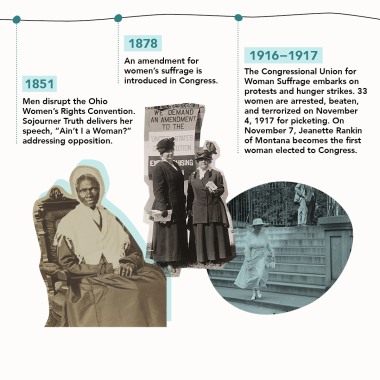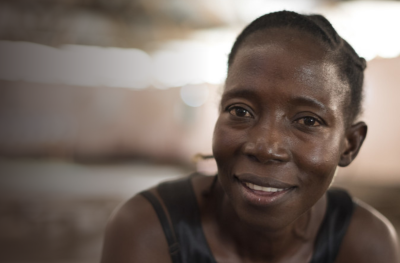2020 marks an important year for women voting in the United States. Along with an election, it’s a century after the passage of the 19th Amendment. But just as women’s voting rights weren’t always the law of the land, neither was their disenfranchisement.
As we look below at the history of hard-won advances towards gender equity in the U.S., we also remember that in many parts of the world, women’s rights are in danger.
Disenfranchisement is a reality for many. Transforming that reality will mean advocating and allying with women working towards ensuring everywoman's voice is heard and valued.
Commit now to using your power to change the world to make it more equal, peaceful, and prosperous for women everywhere.
Across the world, women’s voting rights still aren’t secure — but there are women working to change that.









